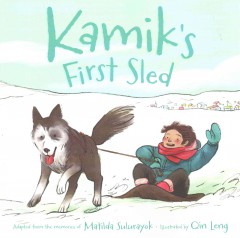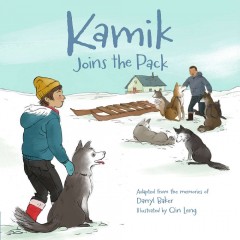Lately the news has been making me think of the place I grew up, which was historically a Jewish suburb. There was a centrally located Jewish Community Center, and I was familiar with seeing a sukkah outside in the fall or girls in knee-length skirts (the Jewish community was largely, but not exclusively, Orthodox and Hasidic) playing softball in the parking lot in spring or summer.
Last night I was on Facebook and saw one of my friends join in a conversation with several of her friends about how to talk to their young, Jewish children about recent acts of anti-Semitism. One mom described her preschooler talking about lockdown practice (Many of the Jewish Community Centers receiving bomb threats house preschools, and they have to be prepared).
The first resources I thought about were ones I had turned to in other cases of violence, prejudice, and scary topics in the news. The American Psychological Association has some resources for parents and Teaching Tolerance has classroom resources. Not surprisingly, I found the most at the Anti-Defamation League, which has a whole section on confronting anti-Semitism and recommended books for children and teens (“The Best Kid Lit on Bias, Diversity and Social Justice”).
Here are some titles from their Jewish Culture and Anti-Semitism list:
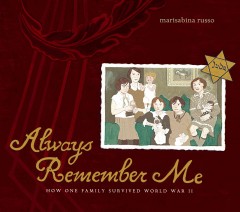
Always Remember Me: How One Family Survived World War II by Marisabina Russo
After many years during which her grandmother skirted the issue, a young girl finally hears the story of how several of her female relatives survived the Holocaust.
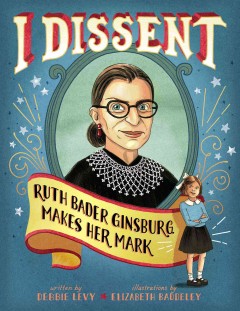
I Dissent: Ruth Bader Ginsburg Makes Her Mark by Debbie Levy
Traces the achievements of the celebrated Supreme Court justice through the lens of her many famous acts of civil disagreement against inequality, unfair treatment, and human rights injustice.
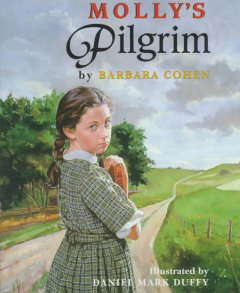
Molly’s Pilgrim by Barbara Cohen
Told to make a Pilgrim doll for the Thanksgiving display at school, Molly is embarrassed when her mother tries to help her out by creating a doll dressed as she herself was dressed before leaving Russia to seek religious freedom.

Mrs. Katz and Tush by Patricia Polacco
A long-lasting friendship develops between Larnel, a young African-American, and Mrs. Katz, a lonely, Jewish widow, when Larnel presents Mrs. Katz with a scrawny kitten without a tail.

Sharing Our Homeland: Palestinian and Jewish Children at Summer Peace Camp by Trish Marx
Photo-essay focusing on two Israeli children, one Jewish and one Palestinian, who, in spite of their differences and the longstanding conflicts in the region, learn to play, work, and share ideas together at Summer Peace Camp, a day camp located in Israel. Includes glossary, map, and resources for readers.

The Whispering Town by Jennifer Elvgren
In Denmark during World War II, young Annet, her parents, and their neighbors help a Jewish family hide from Nazi soldiers until it is safe for them to leave Annet’s basement.
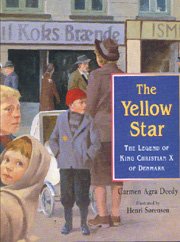
The Yellow Star: The Legend of King Christian X of Denmark by Carmen Agra Deedy
Retells the story of King Christian X and the Danish resistance to the Nazis during World War II.
If you’re looking for more books besides the ones on the ADL lists, you might try the page for the Sydney Taylor Book Award, presented by the Association of Jewish Libraries “to outstanding books for children and teens that authentically portray the Jewish experience.” There are also children’s and young adult literature categories for the National Jewish Book Award (It looks like this year’s winners will be announced March 7).
The first time I encountered the story of the golem was when I pulled it out of a book display at the public library (I wasn’t really thinking about it at the time, but it was probably a Passover display). That book was the first window I had to try to understand what it meant to be in danger from anti-Semitism. This memory is part of why I try to do displays of everyone’s holidays– both so people can see themselves reflected, and also so people can see where their neighbors are coming from.
